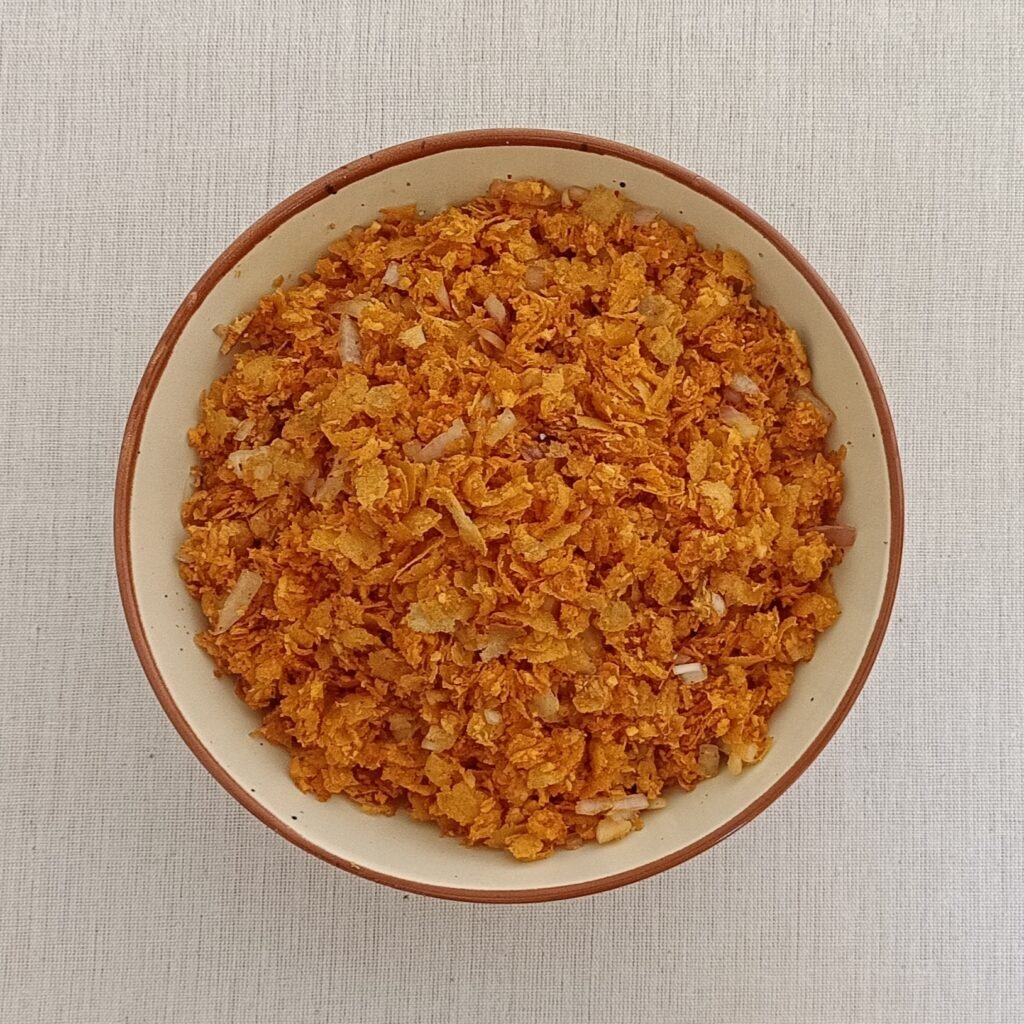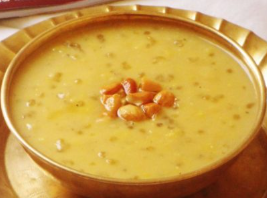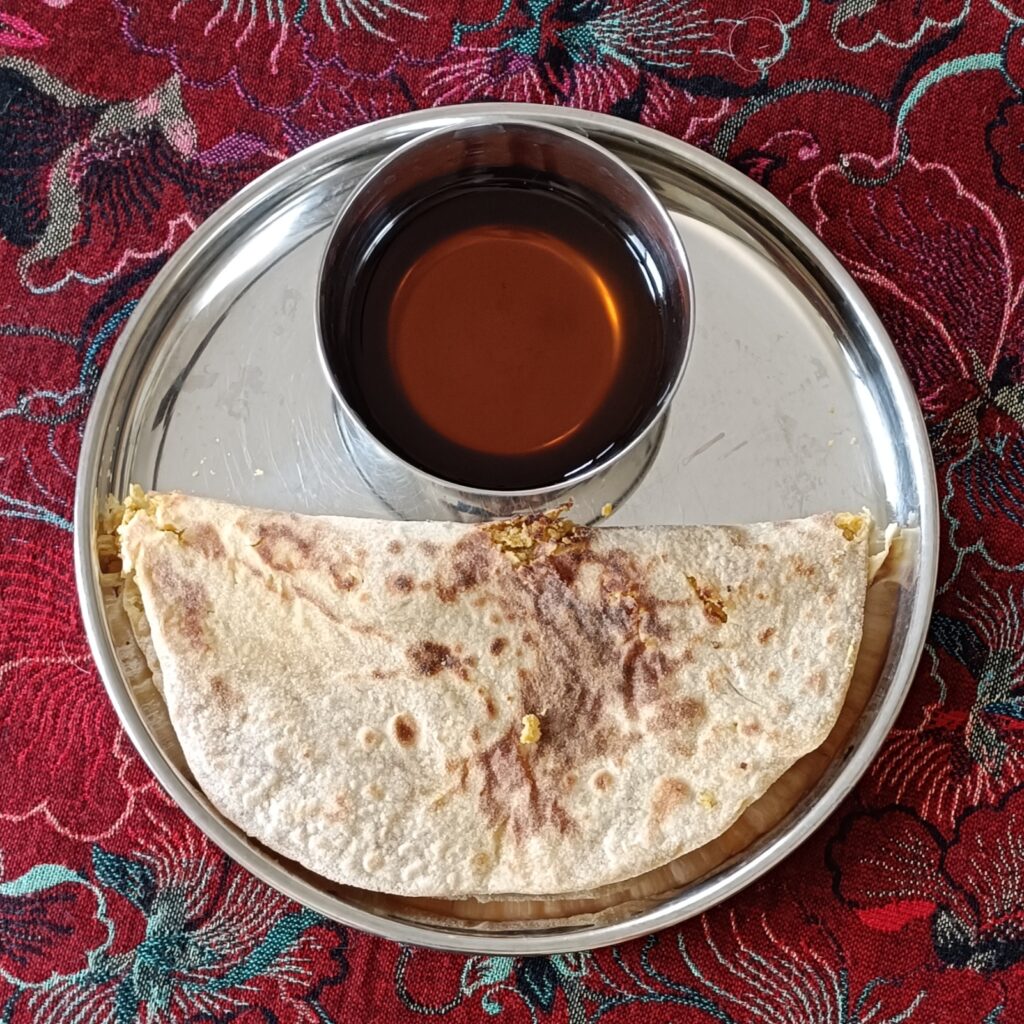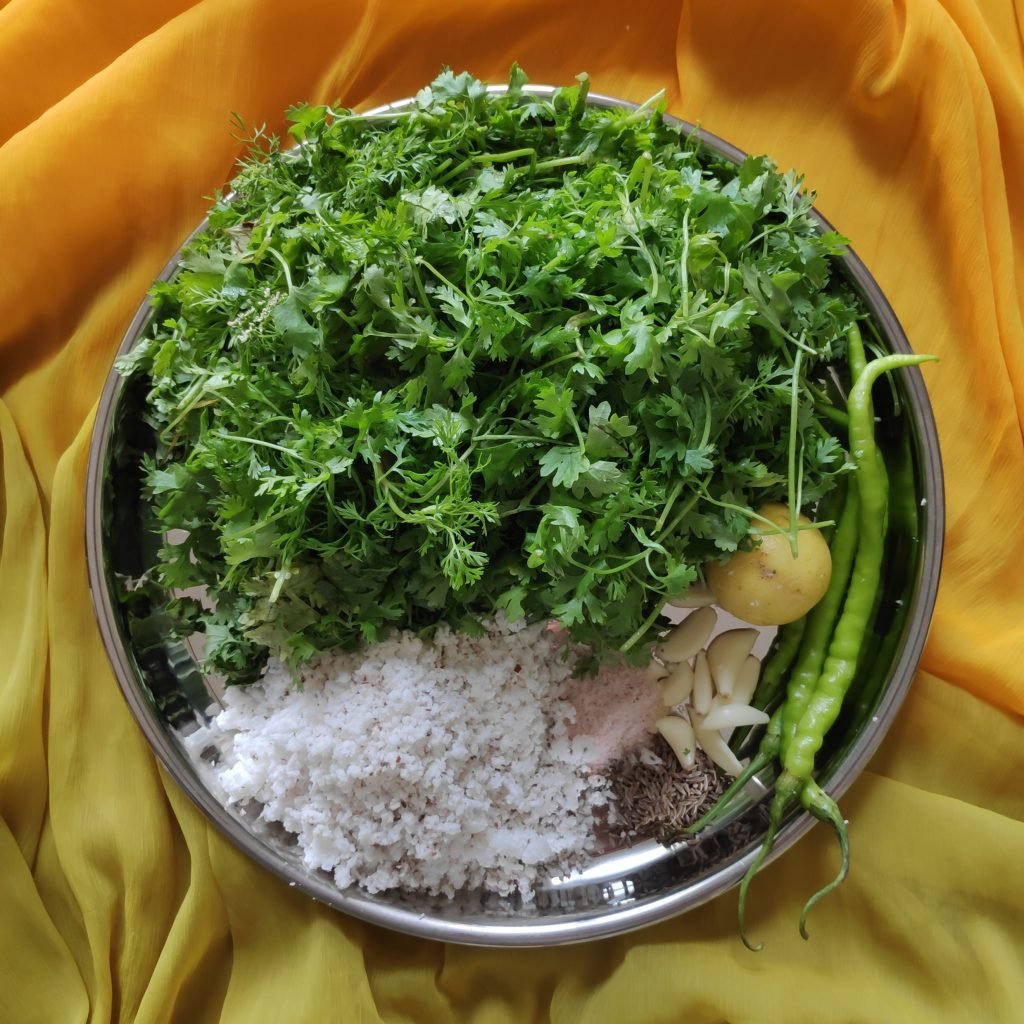Sambhar Masala Powder
Sambhar is a very popular curry made using different vegetables along with pigeon peas (tur dal as it is popularly known in India) and flavoured with sambhar powder. The masala flavouring varies according to the region it is made in. Some people add coconut to the masala, others add cumin and yet others add mustard seeds. Each family has their own traditional ingredients, so try making it using different ingredients till you get the one you like most. Both dried red chillies and black pepper in the masala powder give the sambhar the hot spicy flavour. Coconut, majorly used in coastal areas, gives the sambhar a thicker texture as well as a sweeter taste. Here I have shared two popular sambhar masala powder recipes.






